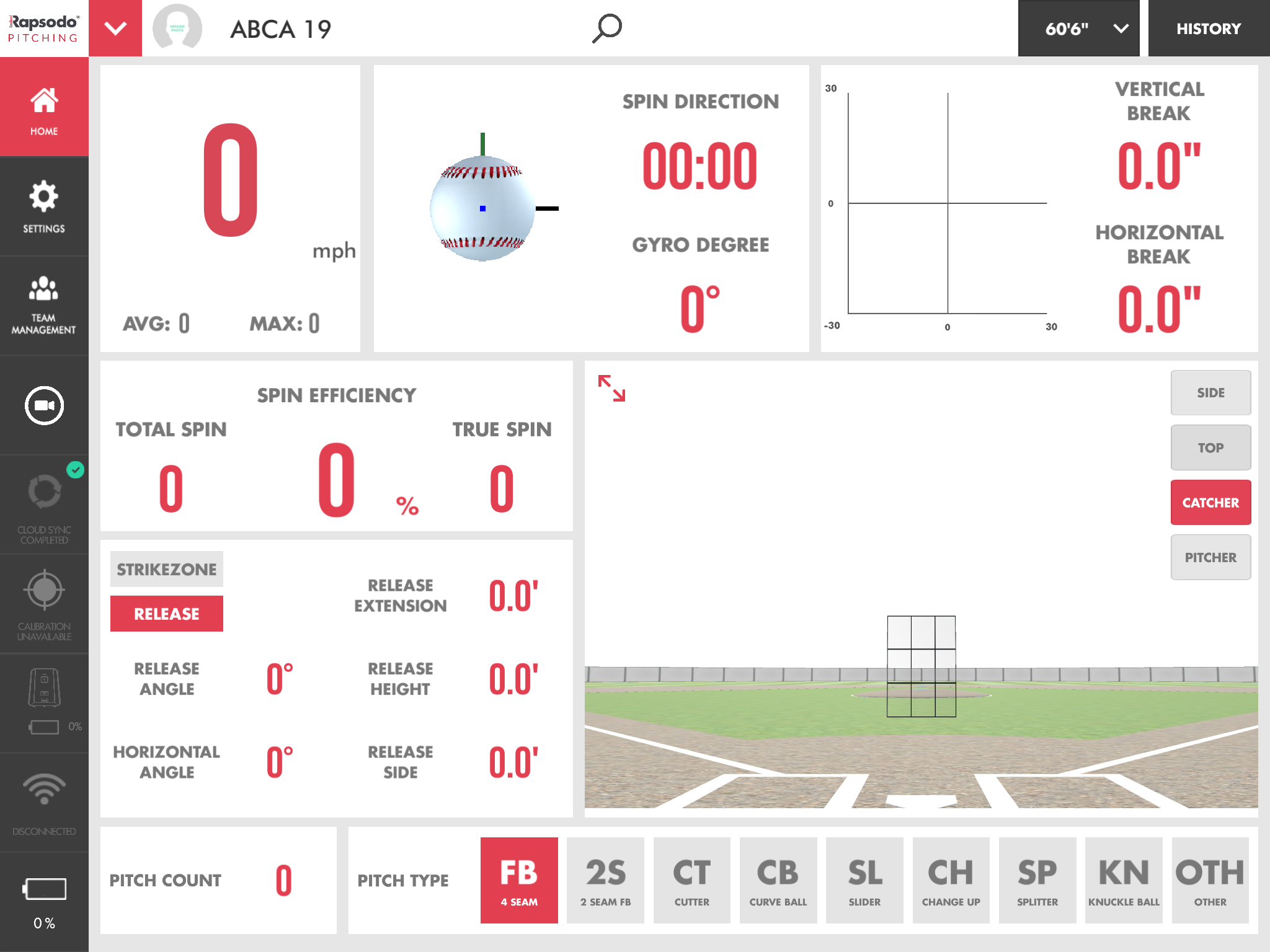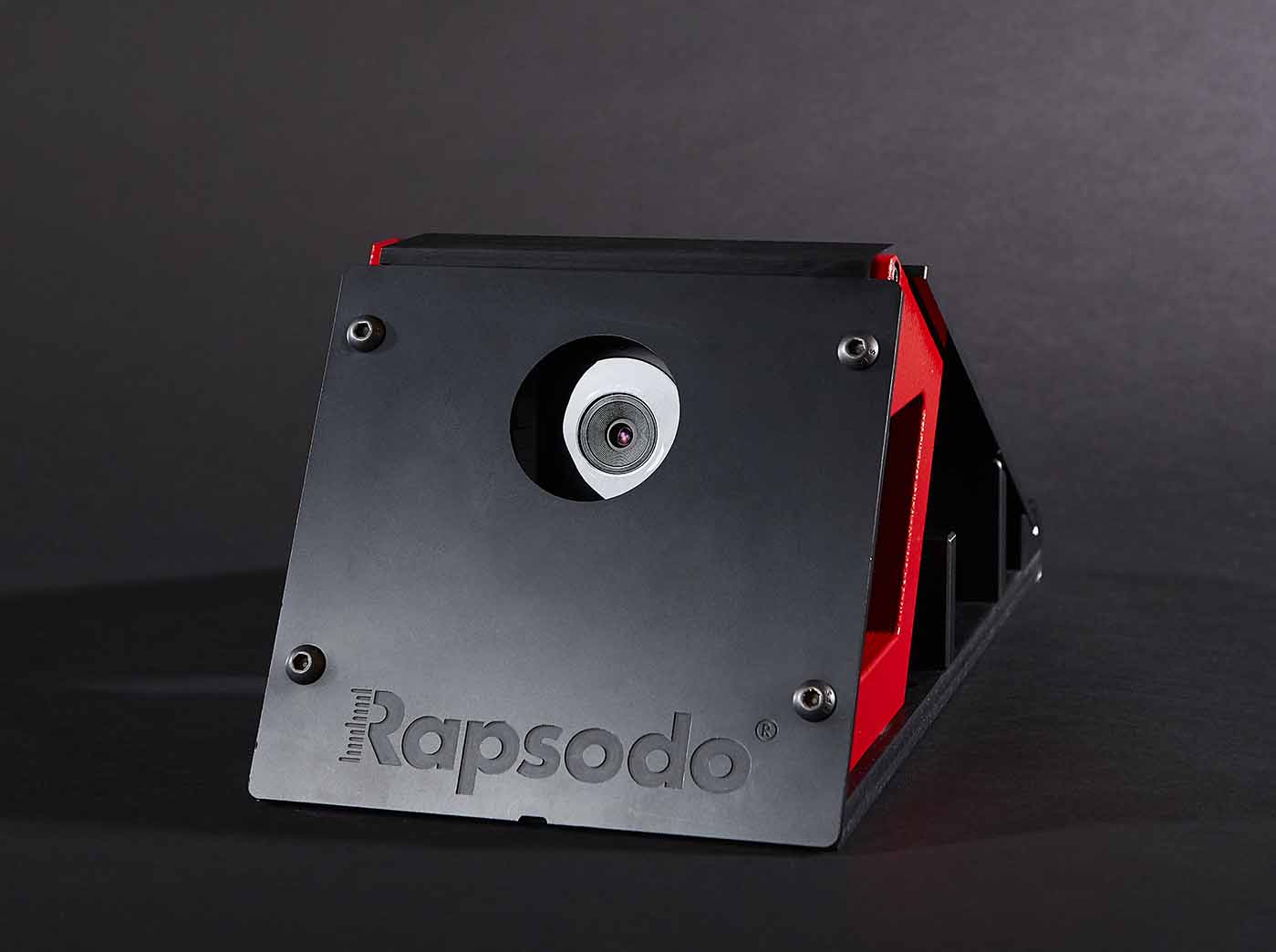 When the 2020 MLB season was shut down in mid-March, training went from a group activity to an individual quest. Here’s one story about how sports tech has helped an MLB aspirant prep for upcoming play.
When the 2020 MLB season was shut down in mid-March, training went from a group activity to an individual quest. Here’s one story about how sports tech has helped an MLB aspirant prep for upcoming play.
We’ve all seen the videos with players working to keep their baseball focus while confined to home workouts. What we’re not always seeing: how they use tools like Rapsodo to stay ready for when things resume.
According to the firm, among the players that use Rapsodo are Stephen Strasburg, Kris Bryant, Josh Donaldson, Mookie Betts and Deck McGuire. McGuire was drafted in the first round of the 2010 MLB Draft by the Toronto Blue Jays. He made his big-league debut on September 12, 2017 for the Cincinnati Reds, and made stops in the Blue Jays, Texas Rangers and Los Angeles Angels organizations before choosing free agency after the 2018 season. That November, he signed with the Samsung Lions in the KBO League in South Korea, where he pitched a no-hitter on April 21, 2019 against the Hanwha Eagles. This spring, he signed a minor-league contract with the Tampa Bay Rays.
“The last four years in baseball, there has been a big influx of analytical data in general. Since 2015, I really started to learn about analytics and what made me successful in the way I pitch,” McGuire said. “There was nothing out there to give me feedback other than a radar gun, which does an MLB player no good in January. If it’s January and you’re only throwing 80 miles an hour, that’s not very good for what you want but if all of my spin data looks good, I know I’m on the right track.”
McGuire got his unit in 2019 and since then has been making adjustments and showing others what Rapsodo can do.
“I played in Korea last year and almost per my request, they bought two Rapsodo units so we could use them.”
One reason why McGuire found Rapsodo so helpful is how the technology explains the analytics and the information being gathered so players get a better idea of what adjustments to make.
“Rapsodo explains what the analytics mean from what your spin rate is and what it should be to the spin axis to some of the other stuff they offer in the app,” McGuire said. “There is a line that shows you what your ball should do versus what it’s doing. It’s easy to interpret and easy to learn. A lot of players are still intimidated by analytics for whatever reason, and baseball has feared it in a sense, but this technology is only going to help and continue growing the game of baseball.”
Rapsodo logs all of the information from different pitching or hitting sessions and allows the user to choose who sees what information. It’s helpful considering some of that data can be used in arbitration cases.
“A lot of data is used in arbitration cases and it’s used a lot in contract negotiations,” said Dillon Saffle, Manager of Sales and MLB Player Relations for Rapsodo. “Data is everything at this point.”
McGuire added that giving control over that information to the player gives him peace of mind.
“One thing Rapsodo has done really well is you decide who sees and shares the information. They are looking out for both sides while giving everyone the same amount of information available,” McGuire said. “It’s really refreshing as a player. It’s them almost having our backs where we can get the work in without oversharing if we don’t want to. It makes you feel good as a player.”
Athletes can use this technology pretty much anywhere they have room to hit or throw.
“The pitching monitor sits 15 1/2 feet in front of home plate and if you are hitting it’s 14 feet in front of home plate. It works inside or outside, has a four-hour battery life, and has WiFi built into the unit, which can save information from each session,” Saffle said.
It’s one thing for a player to acquire and analyze data; it’s another for organizations to compile data on all their players and be able to access it anywhere. Rapsodo’s next step is to expand access to players, agents, scouts and college coaches through a cloud-based service.
“You can only sell the product to so many but we can provide cloud support. Players can have all their data seen by the public if they choose,” Saffle said. “The recruiting piece is huge with what the future looks like. Players in harder-to-reach areas will be able to get seen by coaches who won’t necessarily see them if they didn’t have this technology. If a college coach or a scout wants to recruit a player, he can see the data online. If a player wants to email his data to a coach, he can and they can have an in-depth conversation on how to do different things even across the world.”
Launching in 2010, Rapsodo originally focused on golf analytics before a chance meeting led them to baseball.
“Our owner and CEO Batuhan (Okur) decided to go down the baseball route after meeting Art Chou, who was a Senior Vice President at Rawlings and is now our GM,” Saffle said. “The rest is sort of history.”
The timing was good: baseball has transitioned rapidly into a data-driven sport, ranging from high school to the major leagues. “We work with all 30 Major League Baseball teams and are used by about 80 percent of Division I schools, 60 percent of Division II schools, 40 percent of Division III schools, and many MLB players,” Saffle said.
Why is this product and technology so popular? Affordability, accuracy and portability.
“When you look at some of our competitors like Trackman or HitTrax, those cost between $16,000 to $100,000 to install at a Major League stadium. We offer a $4,000 product which is more affordable for academies, colleges, and teams,” Saffle said. “It is 1/4th of the cost but is within 1 percent of all Trackman data which is extremely good for the cost you’re spending on it.”


